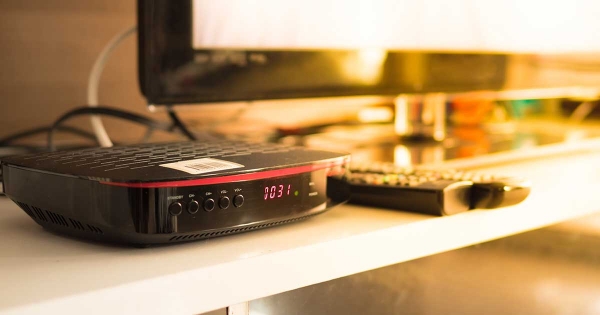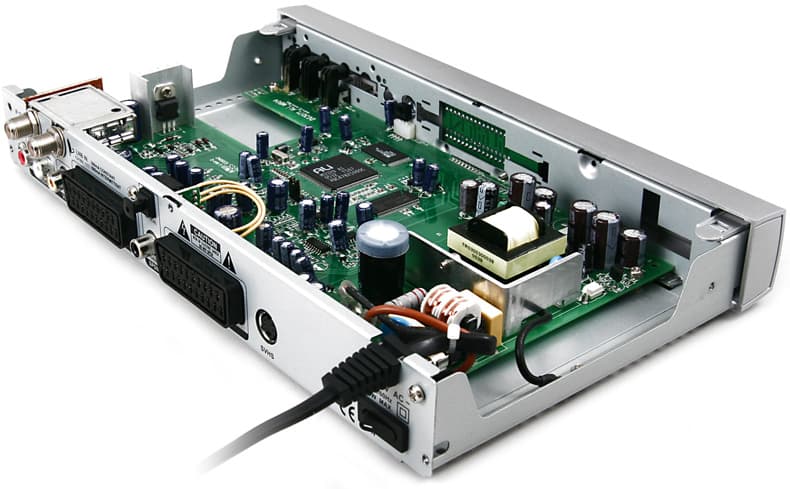The Role of Set-Top Box PCB in Smart TV Integration and Connectivity
The Set-top box PCB is critical in integrating smart TVs and their advanced connectivity features. As demand for high-definition content and seamless streaming rises, the performance of the hardware becomes crucial. The Set-top box PCB ensures smooth communication between the TV and connected devices, facilitating an optimal and immersive entertainment experience.
Smart TVs are now multifunctional hubs, offering streaming, gaming, and home automation integration. The PCB processes data manages signals, and ensures connectivity, making it a key component in modern smart TV systems that deliver high-quality content to users.
Design Considerations for Smart TV Integration
Several critical factors must be considered when designing a set-top box PCB to ensure smooth integration with TV systems. These include high-speed data transmission, efficient power management, and compatibility with various input and output ports. As 4K and 8K content gain popularity, the PCB must support high-bandwidth data channels to handle the larger data volumes for quality visuals and sound.
Advanced PCBs for Set-top boxes feature multiple layers to reduce signal interference and enhance data integrity. Thermal management systems are also incorporated to prevent overheating, ensuring stable and reliable performance during extended use, which is crucial for long hours of media consumption.

Enhancing Smart TV Features with Set-Top Box PCB
The Set-top box PCB enhances a wide range of features in modern smart TVs, from content streaming to interactive gaming. The microchips embedded in the PCB decode video and audio signals, run applications, and manage data processing, enabling various entertainment features like media playback and online streaming services.
Additionally, the PCB supports essential connectivity features like Wi-Fi, Bluetooth, and Ethernet, allowing smart TVs to connect with other devices in the home ecosystem, such as sound systems, gaming consoles, and home automation tools. As voice assistants like Alexa and Google Assistant become standard, Set-top box PCBs also integrate voice control functionalities for a hands-free experience.
Ensuring Smooth Streaming Performance with Set-Top Box PCB
The Set-top box PCB is vital in ensuring smooth streaming performance and is central to delivering a high-quality user experience. It manages the data flow, providing video and audio signals without delay, buffering, or interruptions. Whether watching movies, sports events, or gaming, the PCB ensures seamless communication and a stable connection.
By incorporating advanced signal processing technologies and minimizing lag, the Set-top box PCB reduces potential disruptions during streaming. This is crucial for users who rely on continuous content playback, as a smooth streaming experience significantly enhances overall satisfaction and engagement.

Connectivity and Integration with External Devices
Set-top box PCBs are essential for connecting smart TVs with external devices. In addition, they offer necessary ports for HDMI, USB, and other peripherals. As a result, these connections allow seamless interaction with devices like soundbars, gaming consoles, home entertainment systems, and even smart speakers. Thus, the PCB ensures that the communication between the TV and these devices is fluid and uninterrupted.
Moreover, the PCB enables integration with external streaming devices, such as Roku and Amazon Fire TV, allowing users to switch between different content sources easily. This flexibility in connectivity helps expand the entertainment options available on the smart TV, providing a diverse and convenient viewing experience.
Future Developments in Set-Top Box PCB Technology
The role of the Set-top box PCB is expected to evolve with technological advancements. As 8K resolution, augmented reality (AR), and virtual reality (VR) applications become more mainstream, Set-top box PCBs will need to support faster processing speeds, greater data bandwidth, and more powerful hardware to handle these cutting-edge technologies.
As smart TVs increasingly become the central hub in connected home ecosystems, Set-top box PCBs will be critical in managing various smart devices. Future developments may include integration with a broader range of Internet of Things (IoT) devices, further enhancements to home automation systems, and an improved overall user experience.

Challenges in Integrating Set-Top Boxes with Smart TVs
Integrating Set-top box PCBs with smart TVs presents a set of unique challenges. Balancing data transmission speed, signal quality, and power consumption becomes more complex as the demands on the PCB increase with higher-resolution content, interactive gaming, and advanced smart TV features.
Furthermore, the wide variety of connected devices can lead to compatibility issues. The Set-top box PCB must handle multiple inputs and outputs while preventing signal interference and data loss, which requires precise engineering and careful design to ensure a smooth user experience without disruptions.
The Impact of Set-Top Box PCB on Smart TV Evolution
The Set-top box PCB is an essential component in integrating smart TV systems. From enabling high-quality streaming and ensuring seamless connectivity to supporting gaming and voice assistants, the PCB plays a central role in the functionality of modern smart TVs. It serves as the backbone that powers various advanced features in entertainment systems.
As technology evolves, Set-top box PCBs will be key to driving innovations in smart TV features and connected home ecosystems. Their role in ensuring superior performance and enabling the future of entertainment technology is indispensable for consumers seeking advanced and immersive viewing experiences.

